Kalanchoe
Kalanchoe plants are known for their vibrant and long-lasting flowers, making them famous for indoor and outdoor gardens. With their succulent leaves and stunning blooms, Kalanchoe plants offer a unique and eye-catching addition to any plant collection. This comprehensive guide will delve into everything you need to know about Kalanchoe plants, including their origins, varieties, care requirements, propagation methods, and more. By the end of this guide, you will have a comprehensive understanding of Kalanchoe plants and be equipped to grow and care for them successfully.
Origins and Varieties:
Kalanchoe plants belong to the Crassulaceae family and are native to various regions, including Madagascar, Africa, and Asia. Numerous Kalanchoe species and cultivars are available, each with its distinct growth habit, foliage shape, and flower colours. Some popular varieties include Kalanchoe blossfeldiana, Kalanchoe pinnata, Kalanchoe tomentosa, and Kalanchoe thyrsiflora.
Plant Features:
Kalanchoe plants are succulent perennials with thick, fleshy leaves that store water, allowing them to withstand dry conditions. The leaves come in various shapes and textures, ranging from round and smooth to paddle-shaped and fuzzy. The flowers of Kalanchoe plants are often vibrant and showy, appearing in clusters atop tall stems. Flower colours can include red, pink, orange, yellow, and white shades.
Cultivation and Care:
Kalanchoe plants are relatively easy to grow and care for, making them suitable for beginner and experienced gardeners. They prefer well-draining soil and thrive in bright, indirect sunlight. Regular watering is essential, but avoiding overwatering is important, as excessive moisture can lead to root rot. Allow the soil to dry out between waterings and adjust the watering frequency based on the plant’s needs and environmental conditions.
Light and Temperature:
Kalanchoe plants appreciate bright, indirect light and can tolerate some direct sunlight, especially during the morning or late afternoon hours. However, prolonged exposure to intense sunlight can cause leaf scorching. Regarding temperature, most Kalanchoe varieties prefer warm temperatures between 60°F to 85°F (15°C to 29°C). Protect them from frost and cold drafts, as they are sensitive to low temperatures.
Propagation:
Several methods for propagating Kalanchoe plants include stem cuttings, leaf cuttings, and division. Stem cuttings are the most common and successful way to propagate Kalanchoe. Take a healthy stem cutting, allow it to callus for a few days, and place it in a well-draining soil mix. The cutting will develop roots and grow into a new plant with proper care.
Flowering and Blooms:
One of the highlights of Kalanchoe plants is their abundant and colourful blooms. The flowering period can vary depending on the species and cultivar, but most Kalanchoe plants produce flowers in the winter and spring months. Proper light, temperature, and watering are crucial in encouraging blooming. Deadheading spent flowers can also promote continuous blooming.
Indoor and Outdoor Uses:
Kalanchoe plants are versatile and can be grown both indoors and outdoors. Indoor Kalanchoe plants add beauty and colour to your living spaces, making them excellent choices for windowsills, tabletops, or a mixed succulent arrangement. Outdoor Kalanchoe plants are well-suited for rock gardens, container gardening, or as border plants in sunny garden beds.
Pests and Diseases:
Although Kalanchoe plants are generally hardy, they can be susceptible to certain pests and diseases. Common pests include aphids, mealybugs, and spider mites. Regular inspection and maintaining good plant hygiene can help prevent infestations. Overwatering or improper drainage can lead to root rot and fungal diseases, so providing adequate soil moisture and ensuring proper drainage is crucial.
Tips for Success:
– Provide a well-draining soil mix suitable for succulents.
– Avoid overwatering to prevent root rot.
– Place in a location with bright, indirect light.
– Protect from intense sunlight to avoid leaf burn.
– Fertilize sparingly during the active growing season.
– Monitor for pests and diseases and take appropriate measures if necessary.
– Experiment with different Kalanchoe varieties to enjoy a variety of colours and textures.
Kalanchoe plants are beautiful and versatile additions to any plant collection. Their unique succulent leaves and vibrant blooms bring colour and charm to indoor and outdoor spaces. By following the guidelines and insights in this comprehensive guide, you can successfully cultivate and care for Kalanchoe plants, enjoying their beauty and benefits for years.
Things to know about Kalanchoe
Common (vernacular) Name
एन्थूरियम (Hindi), Anthurium, Flamingo Lily, Flamingo Flower, Painter's Palette, Lace Leaf, Pigtail Plants, Tail Flower and many more.
Botanical Name
Anthurium Andraeanum
Origin
Mexico to Tropical America (Colombia, Ecuador).
Family
Araceae
Plant Type
Tropical plant
Plant Features
Ornamental / Evergreen / Exotic
Life Cycle
Perennial
Landscape Uses
Container Planting and Houseplants.
Species
Belolonchium, Calomystrium, Cardiolonchium, Chamaerepium, Cordatopunctatum, Dactylophyllium, Decurrentia, Digitinervium, Gymnopodium, Leptanthurium, Pachyneurium, Polyphyllium, Polyneurium, Porphyrochitonium, Schizoplacium, Semaeophyllium, Tetraspermium, Urospadix, Xialophyllium.
Varieties
It comes with thousand of different varieties in a diversity of leaf and flower colorations.
Size
Height : 1 to 1.5 feet tall and Width : 1 feet wide when mature.
Indoors or Outdoors
Outdoors : Anthurium can be used outdoors in shady plantings, avoid direct sun light.
Indoors : Excellent plant grow in bright light or indirect light. Best indoor plants for beginners.
Blooming / Flowering
Blooming period is throughout the year.
Flower Colour
It’s come with a contrasting spadix Gold, Yellow, Orange, Pink, White, Green, Purple, Red, Burgundy, Multicolored and Variegated colours.
Lucky Plant
According to Feng Shui, It bring Good Luck in your relationships.
Lighting / Sun Exposure
Bright Indirect Sunlight.
Temperature
Grow best preferably warm temperature above 21°C and can be tolerate max temp. as high as 32°C.
Growth Rate
Anthurium is a slow to moderate growers plant.
Watering
Moderate watering, Mist or over head sprinkler to provide water and to improve relative humidity. Not tolerate overwatering it may cause root damage and yellowing of the leaves.
Fertilizer
Slow-release fertilizer, or a water-soluble liquid fertilizer once or twice in the growing season (Spring through Summer).
i.e. - Cow dung, DAP, Compost, NPK 30-10-10 fertilizer, liquid organic fertilizer etc.
Pruning
Pruning of Anthurium not much is needed. However, trimming away only discolored or dead leaves.
Propagation
Seeds : The best time to sow your Anthurium seeds is in the end of Winter / early Spring but it can't can give good result.
Stem Cuttings : The easier methods of propagation of Anthurium in water or in soil via stem cuttings, and can be done during the warm growing season.
Division : Division of Anthurium can be done in Rainy season, or better in February to March.
Dormancy Period
Month : November to February (winter season)
Shed their leaves and show poor growth, Watering minimally.
Avoid : Propagate, Fertilize and Repotting.
Container
Ceramic Pot, Plastic Pot, Terracotta or Clay Pot is preferred, which ensures good drainage as well as water holding capacity.
Soil Type
A well-drained Loam / Coarse potting soil is recommended as well as water holding capacity. Prevent soggy potting medium.
Our recommendation for potting mix : Equal part mixture of Garden Soil (25%) + Compost (25%) + River Sand (25%) + Cocopeat (25%). You can substitute pieces of Charcoal, Vermicompost, Perlite etc.
Soil pH
Lightly Acidic soil - Ideally 5.5 to 6.5 pH (potential of hydrogen) is recommended for Anthurium.
Repotting
It is advisable to repot the Anthurium every year or two preferably spring to midsummer season.
Maintenance
Low maintenance and easy to grow.
Properties
Toxic or Poisonous to both humans and pets upon ingestion.
Benefits
Excellent indoor air purifier, Anthurium plants turns CO2 into oxygen. It purifies indoor air by removing harmful chemicals like ammonia, toluene, xylene and formaldehyde.
Special Features
Doesn't attract hummingbirds and pollinators like butterflies and bees or wasps.
Infestation / Pests
Aphids, Scale insects, Thrips, Mealy bugs, Spider mites and caterpillars etc.
Diseases / Problem
Physiological Problem : Anthracnose, Leaf Spot and Powdery Mildew.
Bacterial Problem : Bacterial Blight, Bacterial Wilt and Black Nose Disease.
Fungal Problems : Root Rot and Water Mold.
Some Glimpse of Kalanchoe

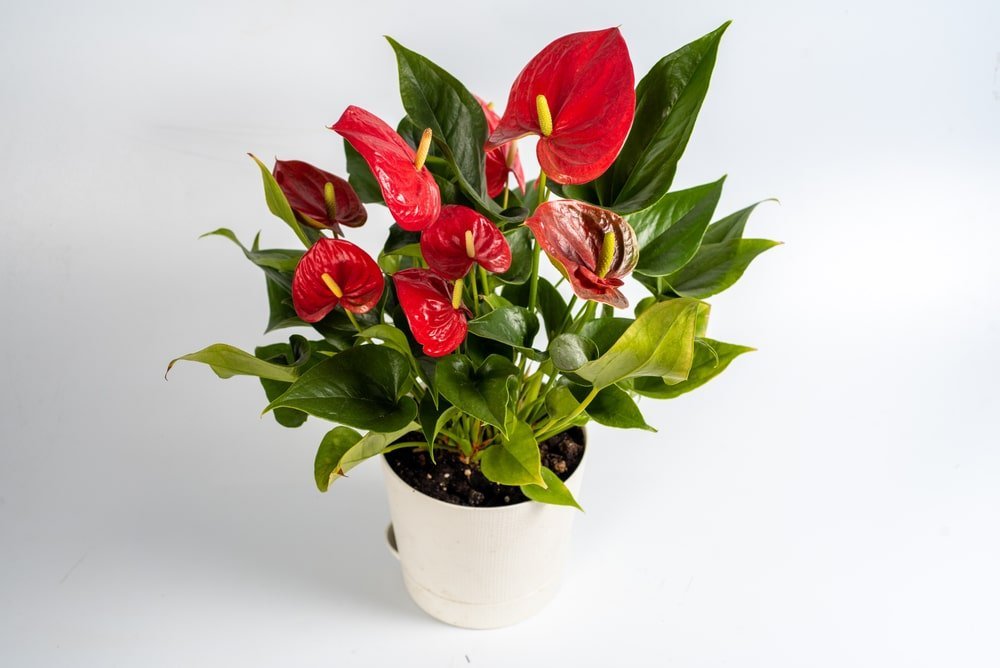
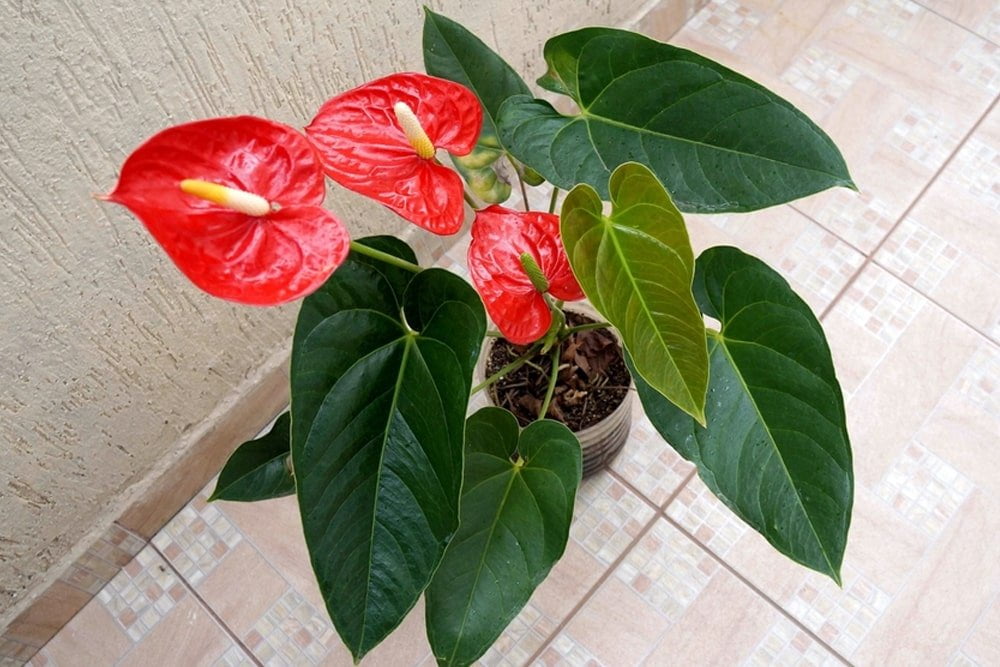


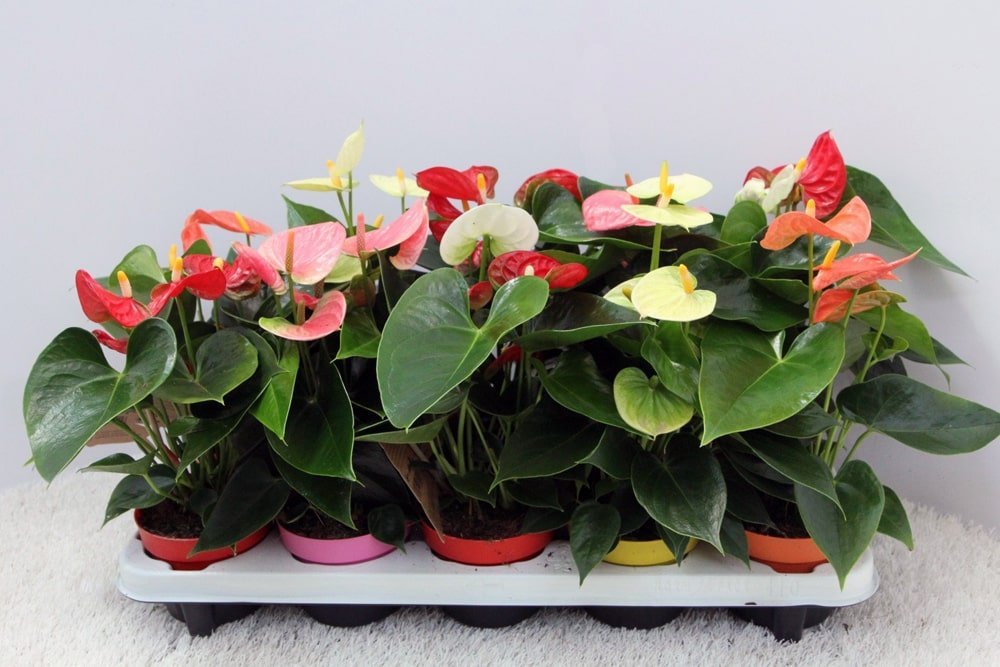


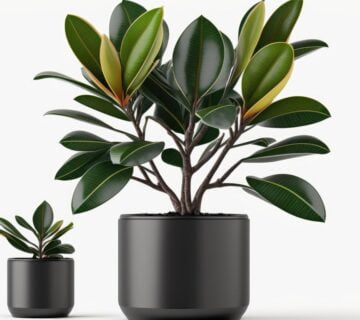
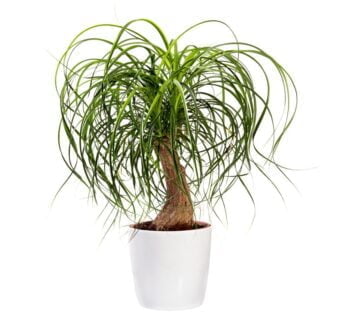
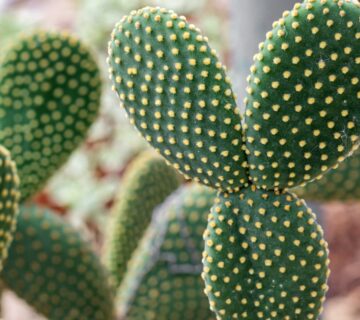
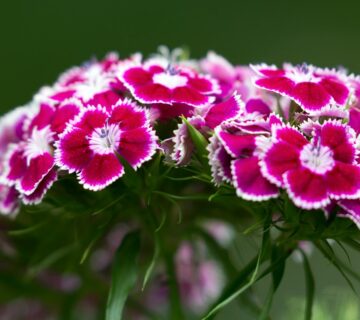
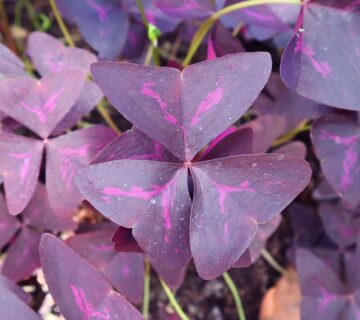

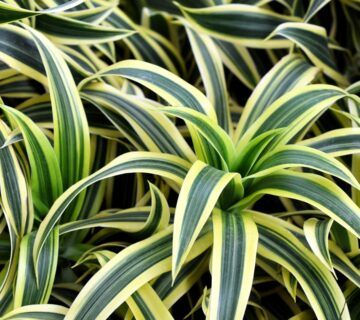
No comment